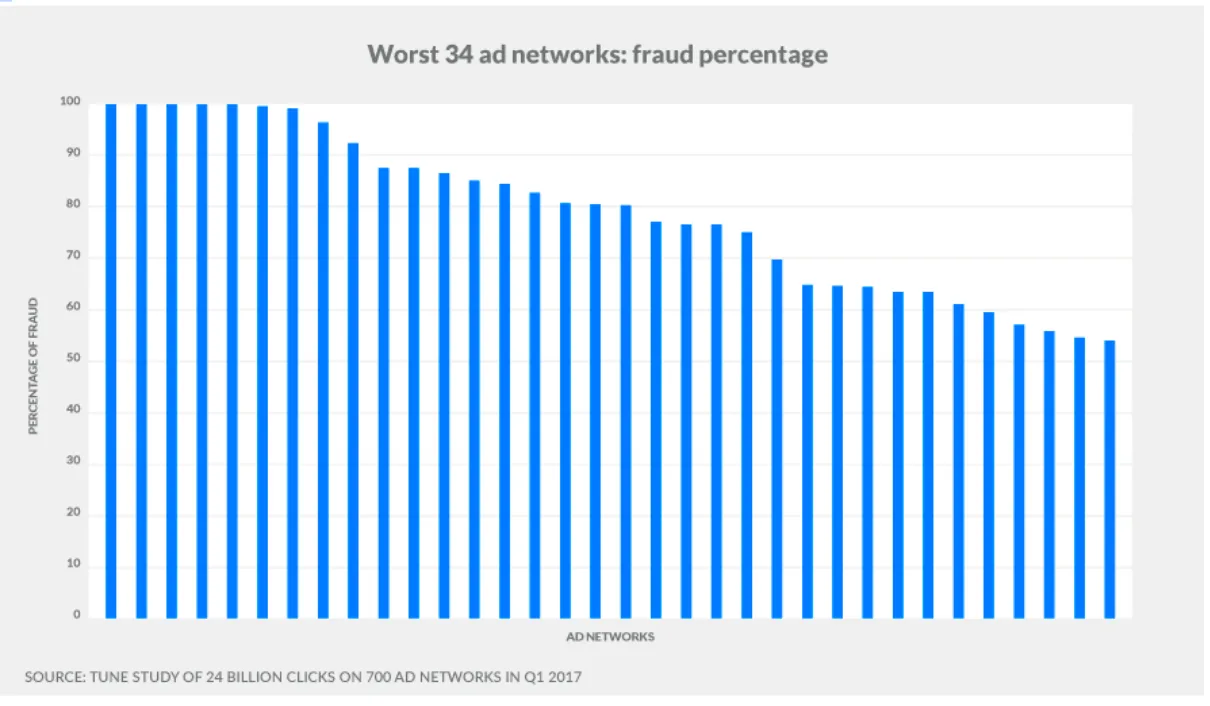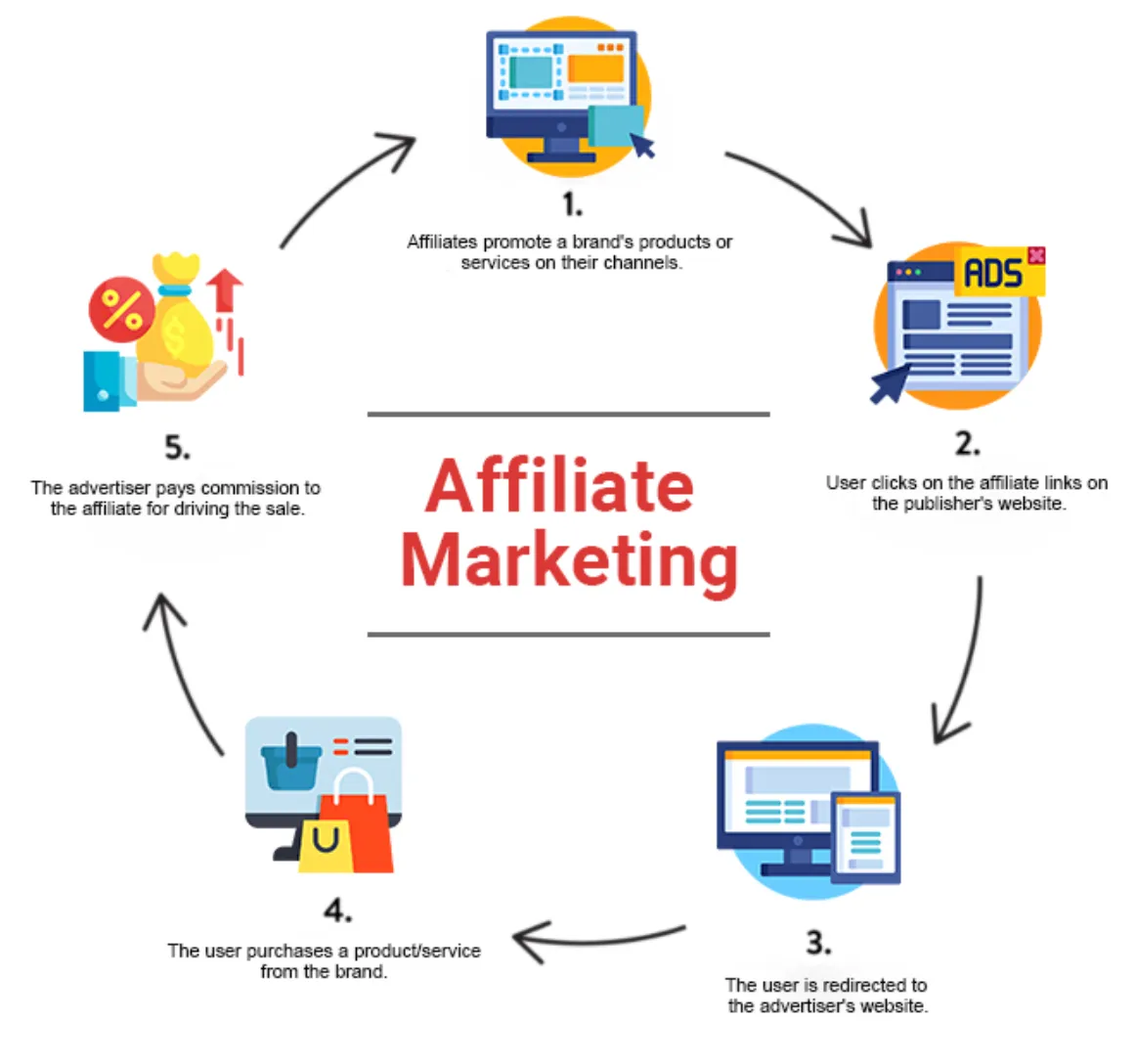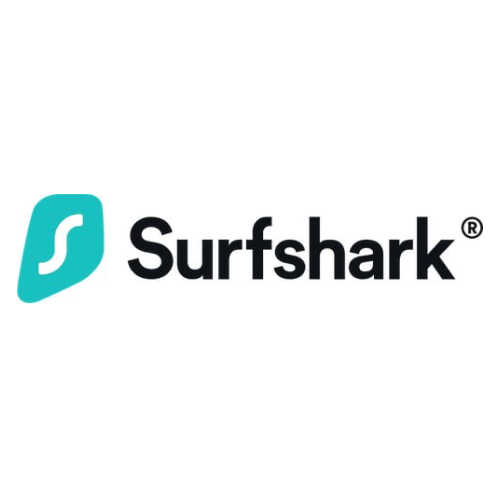

by Editor
Scam in CPA quite common occurrence. But not only advertisers and affiliate networks deceive naive beginners and venerable webmasters. Advertising networks and the owners of sites connected to them are no exception to the issue of deception. In pursuit of profit, they sell frankly junk traffic. Below we will analyze popular fraud schemes to scam webmasters and tell you how to spot and avoid shave on the part of advertising networks and publishers.
What is a shave in affiliate marketing from the side of CPA networks, read our wiki-material.

Below is a list of fraudulent schemes and ways to avoid this, or at least bring the network to clean water.
Popular ways to deceive affiliates (webmasters) used by ad networks
We have been in affiliate marketing since 2014. In less than 10 years of working with advertising networks, we have come across various ways how affiliates (webmasters) are deceived for large sums. Of the variety of ways, I would single out 4 main:
- Click fraud and bots;
- Changing cookies;
- Theft of profitable bundles and creatives;
- Shave in the internal affiliate program of the advertising network.
Now let's look at each point in detail.
How webmasters are deceived by Clickfraud and bots
Some unscrupulous advertising networks spend part of their income from webmasters on paying for the services of so-called fraud farms. What is clickfraud: real hired employees who during the work shift click on ads on sites connected to the network.

Such traffic in the primary statistics of advertising campaigns creates the illusion of the real behavior of potential leads. In some cases, there are even registrations and completed order forms, but there is no approval.
Thus, while the webmaster suspects something is wrong, several hundred / thousand dollars from his advertising budget will be successfully merged in favor of the network.

An experienced webmaster will identify such low-quality traffic in no time, but if the network dilutes it with at least 40-50% of real users, then it will be difficult to prove fraud. In fact, this is the scheme scam webmasters by using Clickfraud.
Cookies replacement for scam (stuffing and dropping)
It is with the help of cookies that the user attracted by him is assigned to the affiliate. Most advertising networks do not pay enough attention to regular quality checks of sites connected to them. Such negligence or deliberate inaction regarding cookie stuffing leads to the theft of leads by the owners of such sites.
The cookie scam scheme is simple:
- The lead comes to the site where the push campaign of the conditional webmaster from the advertising network is published;
- Without realizing it, he receives cookies tailored for several dozens of popular offers;
- Then the lead clicks on the webmaster's ad, goes to the landing page and closes it after a while;
- After 2-3 days, the user returns and places an order, but the payout is received not by the webmaster, but by the publisher, who previously received a payout from the advertising network for the traffic sold to it.

It is rather difficult to determine such activity without special software and hardware, but this scheme is not so popular now, since there are many simpler ways to scam.
Theft of profitable bundles and creatives
In our practice, Scam affiliates (webmasters) from advertising networks occurred in such forms when managers of several advertising networks stole profitable bundles for pushes and Native Ads from their own webmasters. But with the advent of spy services, it has become unrealistic to prove the fact of theft by a manager, so it is better to give preference to networks of a fully-managed format. It is more profitable for their managers to receive a percentage of the budget spent by the webmaster, if his bundles work in a plus, than to launch a bundle of a partner for their own money or try to sell creatives to third parties.
Shave in the internal affiliate program of the advertising network

Individual networks create their own partner networks. Webmasters who drive traffic to push notifications, banners, native ads and pops are attracted by a single ecosystem and loyalty programs. But few people think that in this case, the webmaster deprives himself of the chance to recognize a shave and prove the fact of fraud if a dispute arises with an affiliate program or network.
Instead of a conclusion
If we are talking about bot and fraud traffic, then we recommend working with networks that, not in words, but in deed, value their reputation and implement improved methods for checking publishers, sites, and traffic. But this does not negate the need to use a tracker to track the statistics of all advertising campaigns.
When testing a new network for yourself, you should first study the reviews of other solo webs and teams, as well as request information from affiliate managers. And when conducting split-tests of traffic quality in networks new to the web, you do not need to immediately deposit large amounts of money on the balance.
To exclude tons of bot traffic and theft of working bundles, we recommend using the services of fully-managed networks, where the manager is equally interested in the fact that advertising campaigns bring real profit.

by Editor



comments ....(0)
Leave a comment
You must be in to leave a comment